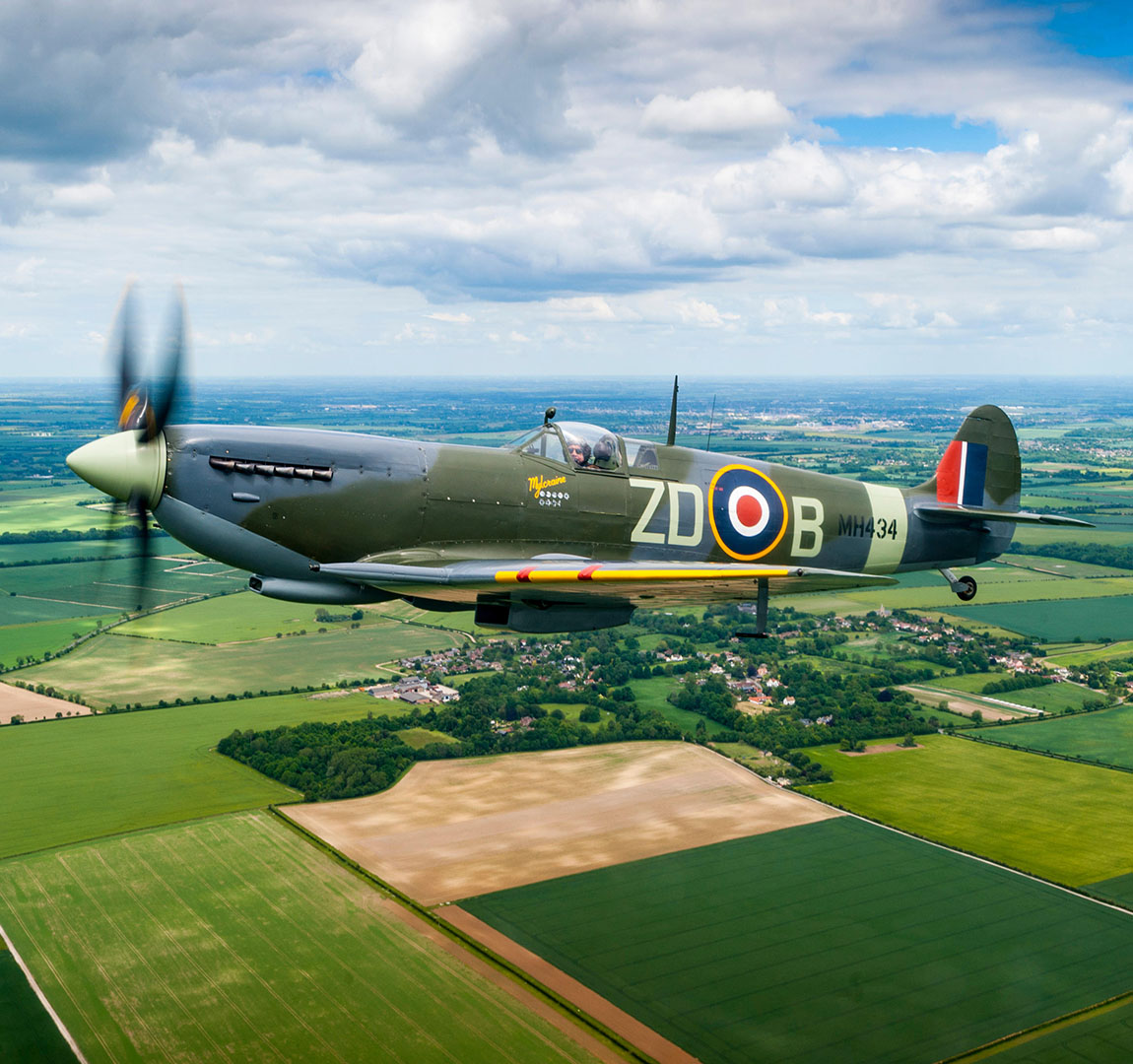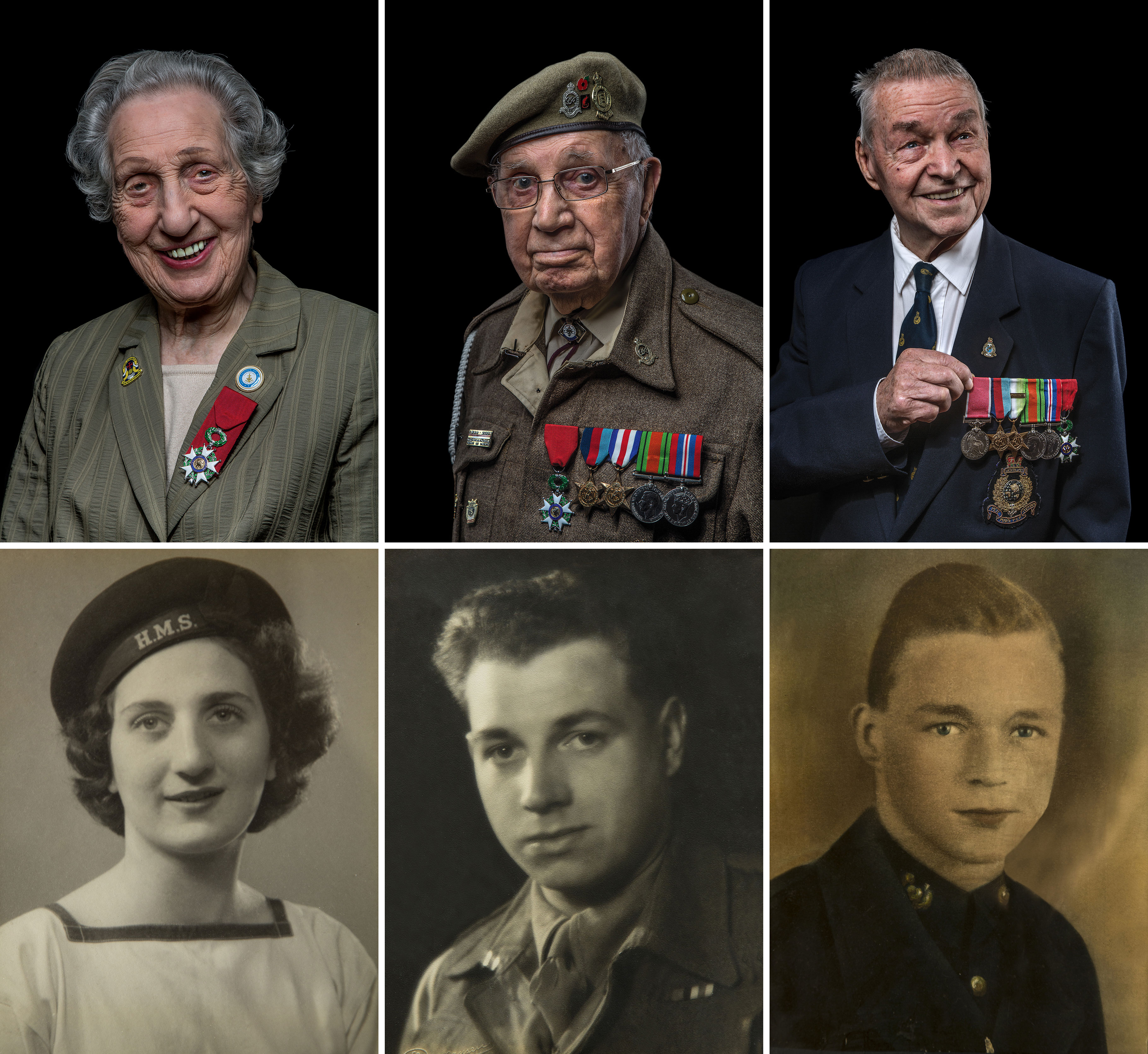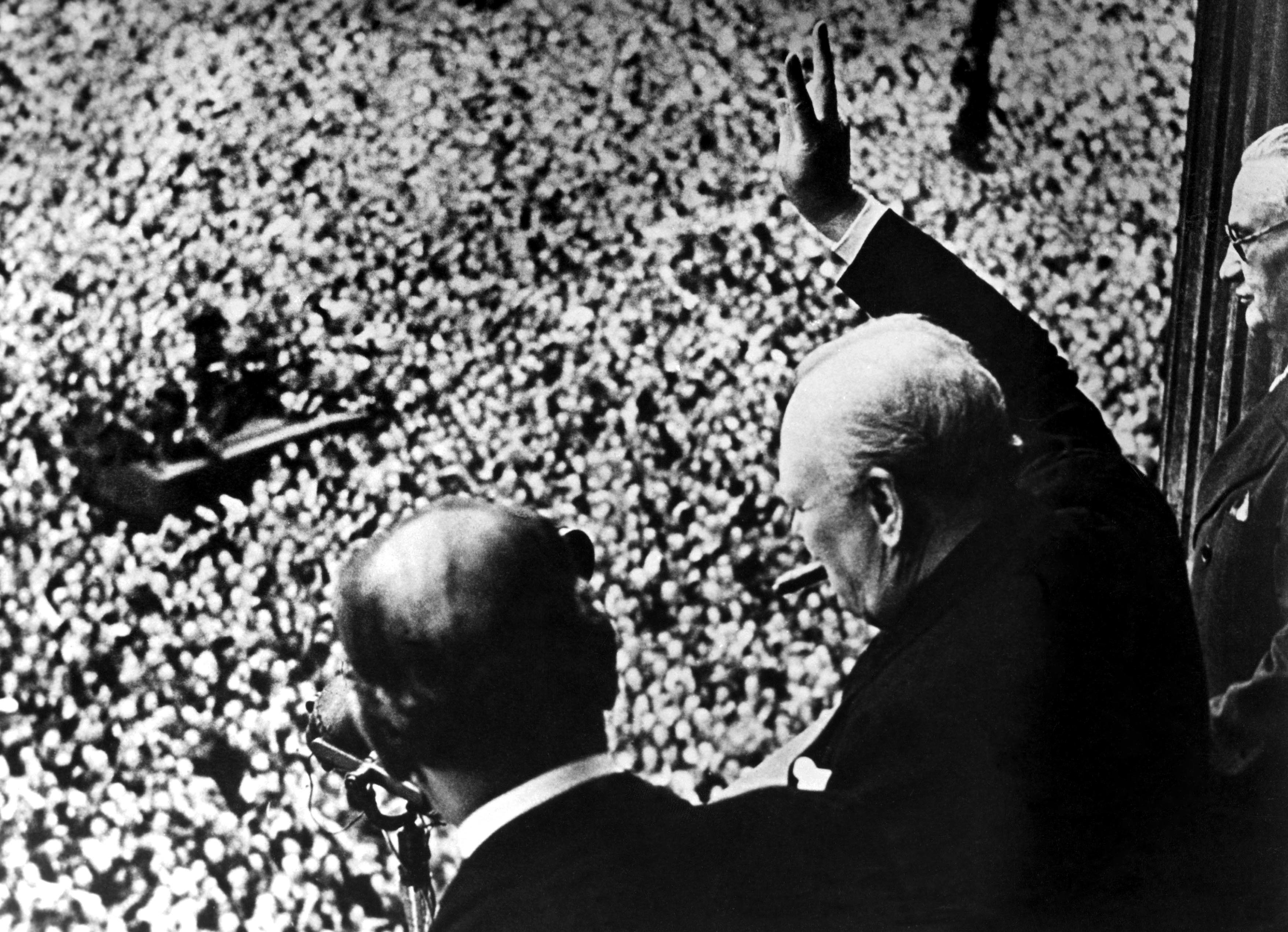'The Spitfire made everyone who sat in the aircraft’s tiny cockpit feel great, feel godly': A eulogy to the Spitfire, 80 years on from its Finest Hour
Outnumbered yet never outfought, The Few buckled on their Spitfires and rode into the Battle of Britain like knights on their chargers. Eighty years on, their true memorial is the freedom in the air we breathe.


They were the young and the brave. In the high summer of 1940, some boys in blue uniforms, in a sky yet more blinding blue, took on a plague and defeated it. The plague was Nazism.
Like Henry V’s men at Agincourt, The Few — as Churchill unforgettably tagged the pilots of RAF Fighter Command — were outnumbered, but never outfought. Like Hal’s soldiers in that muddy, storied French field, the fighter boys, too, had the benefit of British technology. Henry’s comrades-in-arms toted the longbow; in the sunlit skies over England in 1940, above the immemorial patchwork fields, the ancient churches, the slumbering villages and the determined towns, the magnificent boys of the RAF piloted machines of equal magnificence.
Some sat behind the joystick of the Hawker Hurricane, a fine and steady gun platform. Others, in the Battle of Britain, had the fortune, had history’s touch on the shoulder, to fly the Supermarine Spitfire.
The Spitfire was technology. It was art. It was Mars in a sleek, all-metal monocoque with elegant, elliptical wings. The Spitfire made everyone who sat in the aircraft’s tiny cockpit feel great, feel godly.
One did not merely get into a Spitfire. One put a Spitfire on. Dressed in it. The late flying ace Group Capt Wilfrid Duncan Smith knew this: ‘On taking over 64 Squadron, one of the first things I impressed on my pilots was that you did not “strap yourself in”, you “buckled the Spitfire on”, like girding on armour in days of old.’
On the ground, however, everyone allowed, the Spitfire was a handful — ‘a b***h’, in the words of one American volunteer flying for the RAF. At first light, on the runway before a ‘scramble’, blue flames sputtering from its nose-exhausts, the Spitfire trembled like a muzzled greyhound at the gate. Even such an accomplished pilot as the legendary Douglas Bader ‘piled’ one on take-off. The Supermarine Spitfire belonged in the air, and only the air.
The rapture on lift-off in a Spit was translated into verse by Pilot Officer John Gillespie Magee in High Flight, the first great poem of the Second World War:
Exquisite houses, the beauty of Nature, and how to get the most from your life, straight to your inbox.
Oh! I have slipped the surly bonds of Earth And danced the skies on laughter-silvered wings; Sunward I’ve climbed, and joined the tumbling mirth Of sun-split clouds—and done a hundred things You have not dreamed of—wheeled and soared and swung…
The verse climaxes with Magee touching ‘the face of God’.
To reach the heavenly heights, the Spitfire was powered by a Rolls-Royce Merlin motor, made in Trafford Park, Manchester; Glasgow; Derby; Crewe. The cognomen Merlin was in honour of the little bird of prey, but also for King Arthur’s sorcerer-in-chief. After all, the Rolls-Royce Merlin V-12 did have magic secreted inside its cauldron; in level flight, it could pull a Spit along at 362mph. The Merlin sang an old song of war on its pistons, a song passed down the generations. The song of the Saxon shield-wall.
Between July and August 1940, the Spitfire and its warrior pilot — the two as conjoined as the knight and his charger — engaged the enemy; the Luftwaffe were flying as many as 1,786 sorties a day against southern England. Pilot Officer Roger Hall, peering through the inch-thick Perspex of his cockpit canopy, simply disbelieved the size of the ‘aerial armada’ hoving towards him, 6,000ft up. The fantastical scene, he thought, looked like something ‘out of H. G. Wells’s science fiction’. However, Hall cried ‘tally-ho’ anyway, went a-hunting, placed the red dot of his gunsight on a Dornier bomber almost vertically below him, gave it a ‘squirt’ from his eight Browning wing-mounted machine guns. Bits of the bomber’s engine began ‘to break off’.
The 2,946 RAF pilots who served in the Battle of Britain formed the David who kept slinging stones, kept attriting the Goliath. Goliath hit back. Apart from the fire-power of its galleon-sized bombers, the Luftwaffe had its own state-of-the-art predatory fighter, the ME109 Emil. The Spit, however, had the edge. The chief architect of our quicksilver fighter was Reginald Mitchell. Riven with cancer, the more he ailed, the more he travailed to perfect his plane. He succeeded.
The Spitfire did not ‘fly’ through the air, it cut and cleaved it, leaving white vapour trails — of strangely beautiful arcs and spirals — in the blue dome over Kent, a sweltering England and the upturned faces of an anxiously waiting people. The Spitfire, courtesy of those iconic wings, that matchless Merlin motor, was more agile, faster than the yellow-nosed Emil.
The proof of the Spitfire’s superiority came from an unimpeachable source. When Luftwaffe ace Adolf Galland was asked by his boss, Hermann Göring, what he needed to win the Battle of Britain 80 years ago, Galland replied without ado: ‘I should like an outfit of Spitfires.’ The summer of 1940, that perfect English summer, belonged to the Supermarine Spitfire.
The RAF fighter boys — as young as 18 — fought hard and played hard, for tomorrow, they might die. Hall drank seven pints a night in low-beamed country pubs, before going on to parties with girls called Pam and Joyce, then back to base at 4am. Dawn patrol was at 5.30am, the hangover cured by putting the Spitfire’s oxygen system on at full blast. Even the meticulous Mitchell didn’t foresee such an imaginative use of his creation.
The Spitfire and The Few deserve their plaudits down the decades. Rightly, they have their monuments and their museums. Their true memorial, however, is the freedom in the air we breathe. The air that was the Spitfire’s natural element.

D-Day veterans in their own words: 'A lot of men did very brave things. I simply did what I was told to do'
The surviving veterans of D-Day are well into their nineties, but many still remember the events with stark clarity. Three

VE Day in pictures: 14 powerful and evocative images that capture the joy of May 8, 1945
Country Life takes a look back at this day in history, 75 years ago, when the Second World War in

